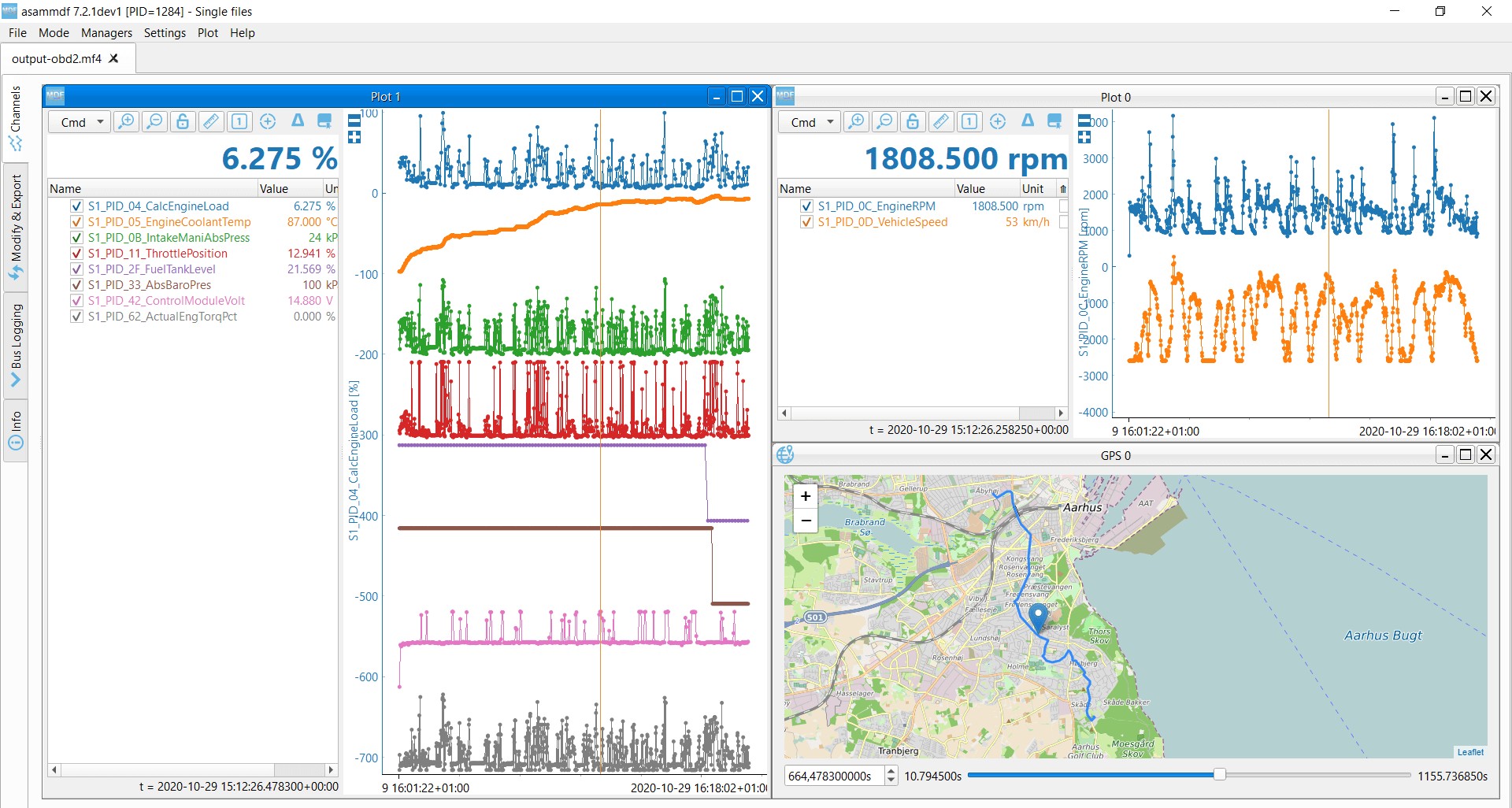Understanding your car’s performance and diagnosing issues often requires delving into the data provided by an OBD2 scanner. This comprehensive guide will equip you with the knowledge to interpret Parameter ID (PID) data from your OBD2 scanner, enabling you to understand what your car is telling you.
Understanding OBD2 and PID Data
OBD2 (On-Board Diagnostics II) is a standardized system that allows you to access your vehicle’s diagnostic data. This data is organized using PIDs, each representing a specific parameter like engine speed, coolant temperature, or fuel level. An OBD2 scanner retrieves this data upon request.
Decoding OBD2 Data: Modes and PIDs
OBD2 data is structured using modes and PIDs. Modes categorize the type of data, while PIDs specify the individual parameter within that mode.
- Modes: There are ten standard OBD2 modes, each serving a different diagnostic purpose. Mode 01, for example, provides real-time data, while Mode 03 displays stored Diagnostic Trouble Codes (DTCs).
- PIDs: Within each mode, numerous PIDs exist. For instance, Mode 01 includes PIDs for vehicle speed (PID 0D), engine RPM (PID 0C), and many more. Each PID has a specific meaning and data format.
Interpreting PID Data
To interpret PID data, you need to understand:
- PID Definition: Knowing what each PID represents is crucial. Resources like the SAE J1979 standard document or online OBD2 PID databases provide detailed definitions.
- Data Format: PID data is usually presented in hexadecimal format. You’ll need to convert this data into a meaningful unit (e.g., km/h for speed, Celsius for temperature) using a specific formula. These formulas are often provided alongside PID definitions.
- Scaling and Offsets: Many PIDs use scaling factors and offsets to represent physical values within a specific range. You’ll need to apply these factors to the raw data to get the actual value.
Tools for Interpreting PID Data
- OBD2 Software: Many OBD2 scanner software applications automatically decode PID data and display it in user-friendly formats.
- Online OBD2 PID Databases: These databases provide comprehensive information on PIDs, including their definitions, data formats, and conversion formulas.
- DBC Files: These files contain detailed information about CAN bus signals, including OBD2 PIDs. Software like asammdf can use DBC files to decode raw CAN data, including OBD2 data.
 OBD2 data decoded visual plot asammdf CAN bus DBC file
OBD2 data decoded visual plot asammdf CAN bus DBC file
Practical Example: Interpreting Vehicle Speed (PID 0D)
Let’s say your OBD2 scanner returns a value of “32” for PID 0D (Vehicle Speed) in Mode 01. According to the OBD2 standard, this PID’s data format is a single byte representing speed in kilometers per hour. Therefore, the “32” (hexadecimal) converts to 50 (decimal), indicating a vehicle speed of 50 km/h.
Beyond Standard PIDs: Manufacturer-Specific Codes
While standard OBD2 PIDs cover common parameters, manufacturers often use their own proprietary PIDs. Interpreting these requires access to manufacturer-specific documentation or specialized software that supports these codes.
Conclusion
Interpreting PID data from an OBD2 scanner empowers you to understand your vehicle’s performance and diagnose potential problems. By understanding modes, PIDs, data formats, and utilizing appropriate tools, you can unlock valuable insights hidden within your car’s data stream. Remember to consult reliable resources for accurate PID definitions and conversion formulas to ensure correct interpretation.